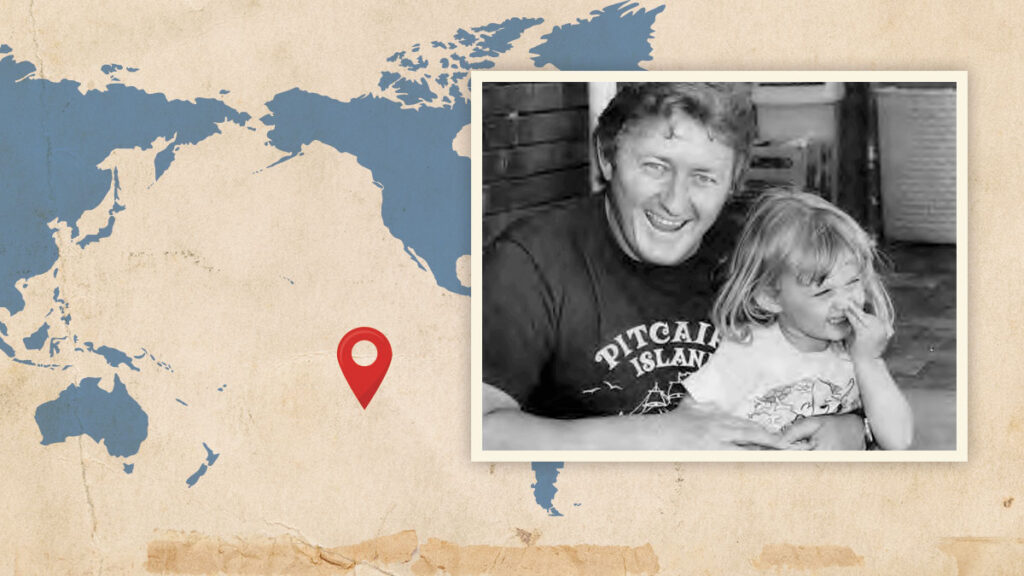Thousands of books have been written on the subject of prayer since books were first printed. Hundreds of thousands of articles, talks, theses and sermons have found their way into people’s minds via eyes and ears.
Adam and Eve didn’t pray (at least not as we know this spiritual phenomenon) before the Fall, but ever since, people who have had a mind to, have reached out to God by this human-spiritual activity called prayer.
The Bible is replete with wonderfully uplifting examples of prayer from the shorter and urgent (Matthew 14:30) to the longer and entreating (1 Kings 8:23–53).
What is prayer, though? From the information we have, prayer seems to be a human-only activity. It is a God-ordained way by which the connection to and the face-to-face contact with God in Eden that was broken (Genesis 3: 22–24) could be partially restored, although in a different manner.
The first mention of prayer in the Bible (Genesis 20:1–18) is in connection with the interaction between Abraham and Abimelech, king of Gerar.
Abraham’s beautiful wife, Sarah, was the subject, Abraham was the cause and Abimelech was the beneficiary in this saga. The result was all for the good—Sarah was returned to Abraham, Abimelech was saved from death and fertility was restored to Abimelech’s household.
The last mention of prayer in the Bible is in the book of Revelation in connection with the seventh seal/seven trumpets when “another angel” offered “the prayers of all the saints upon the golden altar which was before the throne” (Revelation 8:3,4). Thus, prayer spans all of human history.
The Bible also includes many other prayers offered by God’s people and our Saviour, who offered the most poignant and heart-wrenching prayers of all. He also responded to His disciples’ request when they asked Him to teach them to pray by giving them a prayer in summary form (Matthew 6:9–13; Luke 11:2–4).
Between these early and late references to prayer in the history of humanity, trillions upon trillions of prayers have ascended to the true God, the Creator of the heavens and the earth. (As well, countless prayers have been offered to a myriad of false gods that do not concern us here.)
Again, I ask, what then is prayer? Ellen White, a prominent Christian author and Adventist Church co-founder, wrote voluminously on the subject of prayer. 1 [Go to her writings for a comprehensive treatment of this subject.] How should prayer commence—with words? No, and yes. Ideally, where circumstances permit, meditative prayer should commence with silence. Not silence indicating a blank mind, but the silence of tuning in to God. The silence of true meditation when our thoughts are directed to the One who occupies heaven’s eternal throne; the silence that helps us to gather our thoughts, to calm down, to shut out the onslaught of the purely secular and to come into that frame of mind when we focus on God; when we direct our whole being to Him, the only one who has the answers to our questions, our hopes, desires, longings and needs. Only then, “When every other voice is hushed and in quietness we wait before Him, the silence of the soul makes more distinct the voice of God.”2
Of course there are many occasions when an urgent cry to God is what the situation demands and at these times God cannot be caught by surprise. Reference has already been made to Peter’s urgent cry for help, a three-word prayer as he sank beneath the waves; the same prayer just as urgently uttered by myself in March, 1962.
We were living in Victoria at the time, a young couple with a three-month old baby. On this particular Sunday we had decided to visit a fruit and vegetable-growing district not too many miles distant from our home, to purchase some fresh supplies for the following week.
Before leaving to drive home, I suggested to my wife Barbara that it may be a good idea for her to get in some driving practice, as she had not done a lot of driving since she had obtained her licence in her father’s VW Kombi several years earlier. For a short distance all went well. I was holding our baby in my arms and my wife was seeking to let our sports sedan know who was in charge.
We then came to a descending hill, unsealed and newly gravelled—loose stones over the whole width of the road. As the car gathered speed, Barbara immediately sensed we should slow down and, as most new drivers would have done in the same circumstances, applied the brakes.
Not a good idea!
Immediately the car slid across the surface of the stones, and, like a skater on ice, thudded against the bank, rolling several times. When I had sensed an accident was imminent, I cried out, as Peter had—“Lord, save us!”
The travel time of my prayer to heaven and God’s answer back again took barely a moment. While we three were all thrown out through the driver’s door (no seatbelts in those days), our lives were spared, including that of our three-month-old Darren, lying face down—as we soon discovered in our frantic search to find him—right against a rear wheel. We were saved. God had saved us!
And isn’t that a vital part of the practice and purpose of prayer? To put us into an attitude and position where God’s saving grace works in our lives?
How we need to pray!
William Ackland retired in Cooranbong (NSW) and has written eight books.
1. Comprehensive Index to the Writings of Ellen G White, Vol 2, three-volume edition.
2. Ellen White, The Desire of Ages, p363.






